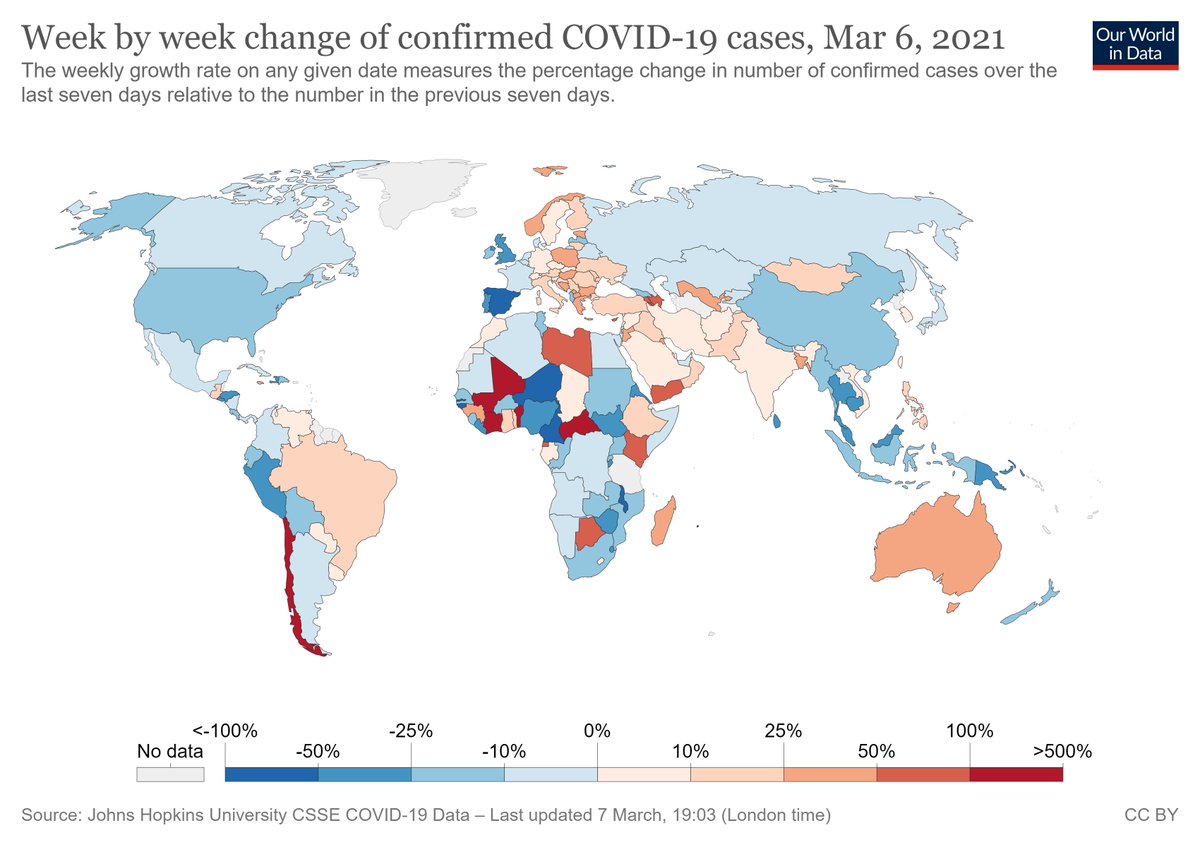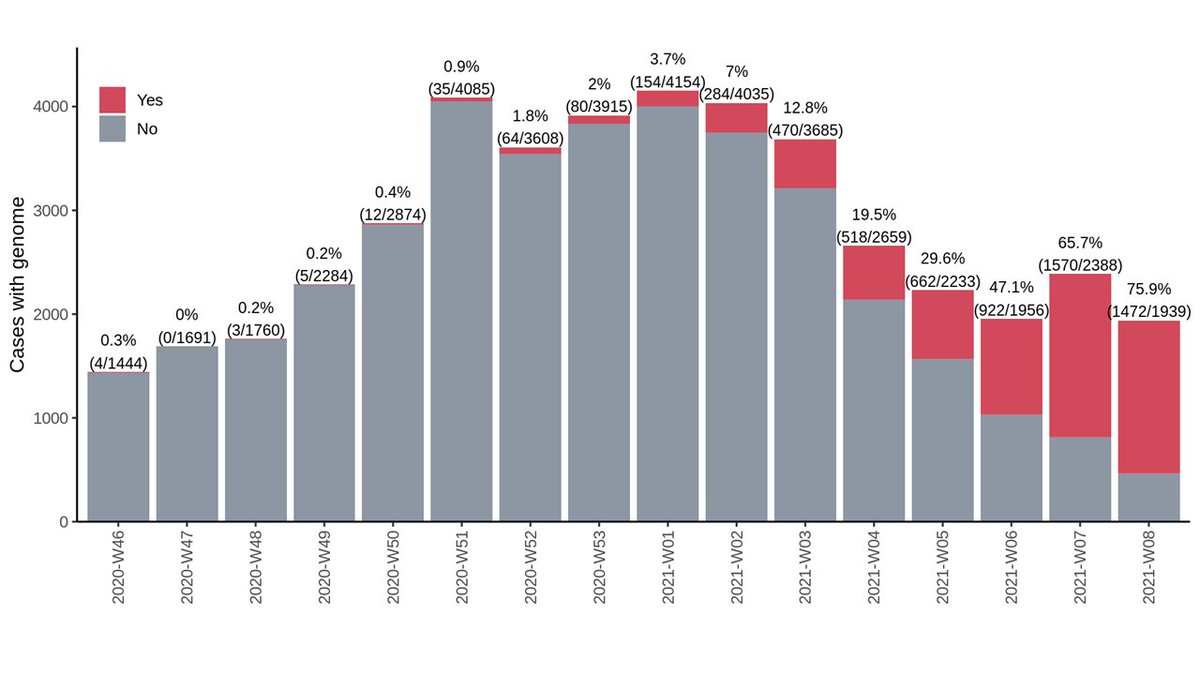
I'm really struggling these days with the politicization of pandemic science.
A quick thread on why I worry that we as scientists are only being inclusive of certain perspectives.
And thereby pushing people away who might otherwise have a lot to offer.
A quick thread on why I worry that we as scientists are only being inclusive of certain perspectives.
And thereby pushing people away who might otherwise have a lot to offer.
Consider papers with one of the following conclusions:
COVID worsened disease X (except flu).
COVID worsened disparities.
Measures should be more stringent.
Things are going to get worse.
Conservative policies made things worse.
Then consider papers with opposite conclusions.
COVID worsened disease X (except flu).
COVID worsened disparities.
Measures should be more stringent.
Things are going to get worse.
Conservative policies made things worse.
Then consider papers with opposite conclusions.
These conclusions all have political undertones.
But papers w certain conclusions are more likely to be published & cited, while others are more likely to be criticized.
So, if you are an intelligent, but conservative-leaning, thinker, is this a game you want to join?
But papers w certain conclusions are more likely to be published & cited, while others are more likely to be criticized.
So, if you are an intelligent, but conservative-leaning, thinker, is this a game you want to join?
All this to say, the politicization of pandemic science is literally keeping me up at night tonight.
I'm thrilled to see so many people interested in epidemiology these days. I just hope we can continue to welcome a diversity of perspectives - even conservative ones.
I'm thrilled to see so many people interested in epidemiology these days. I just hope we can continue to welcome a diversity of perspectives - even conservative ones.
• • •
Missing some Tweet in this thread? You can try to
force a refresh












